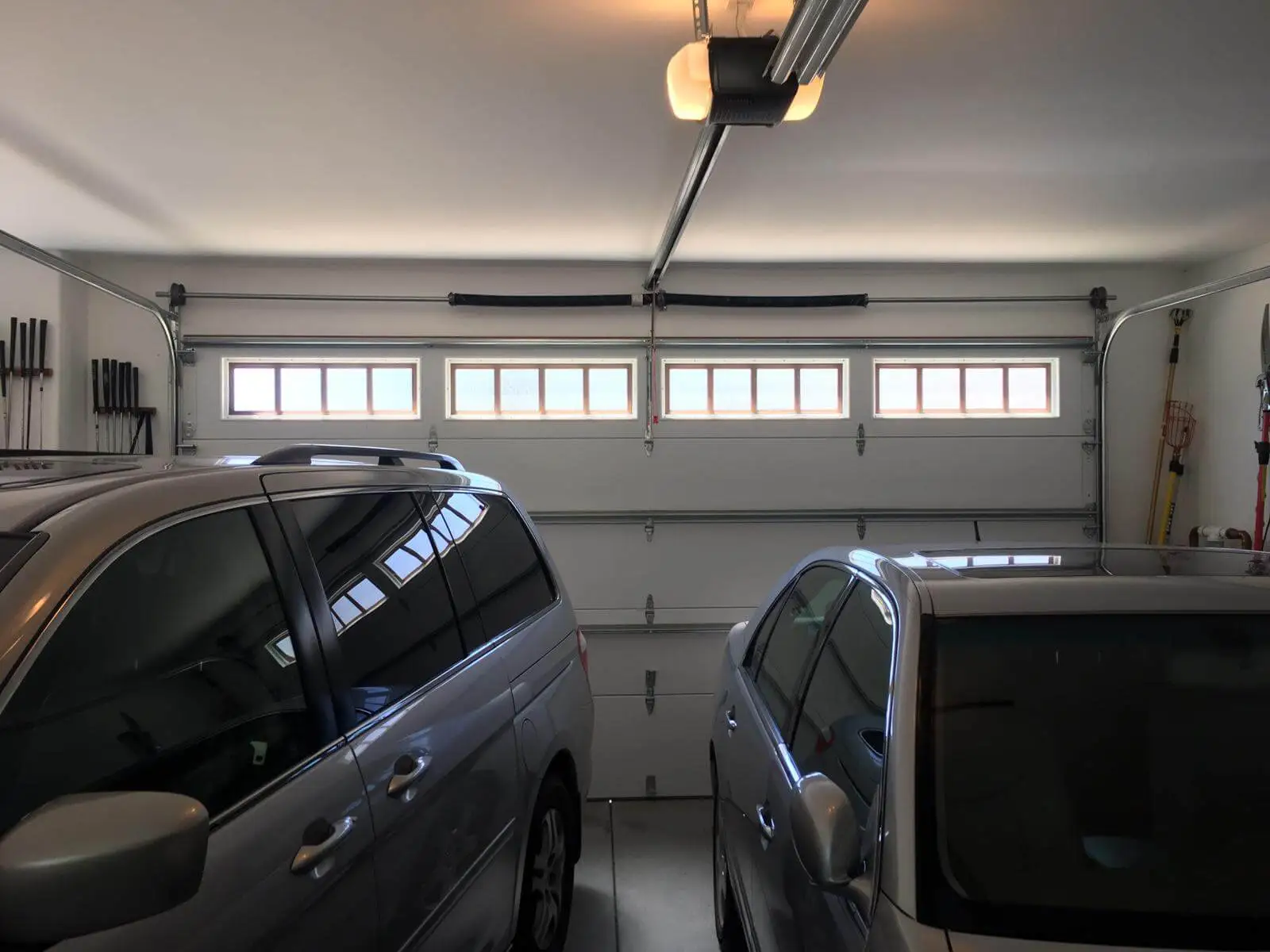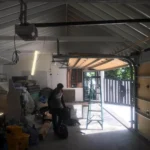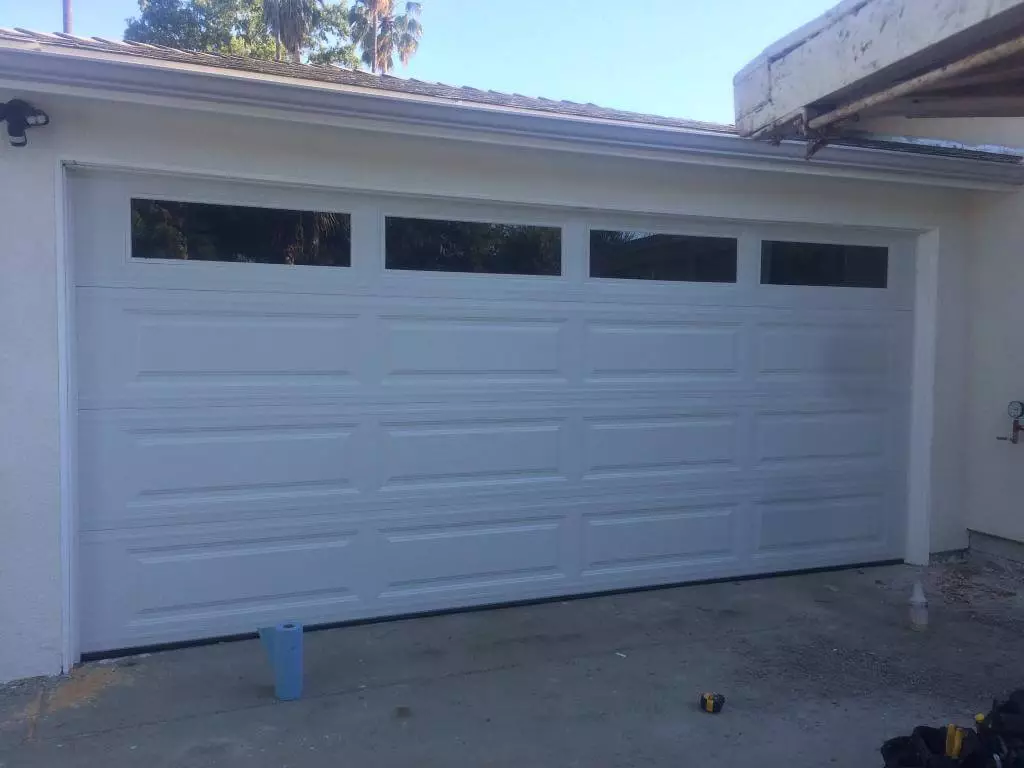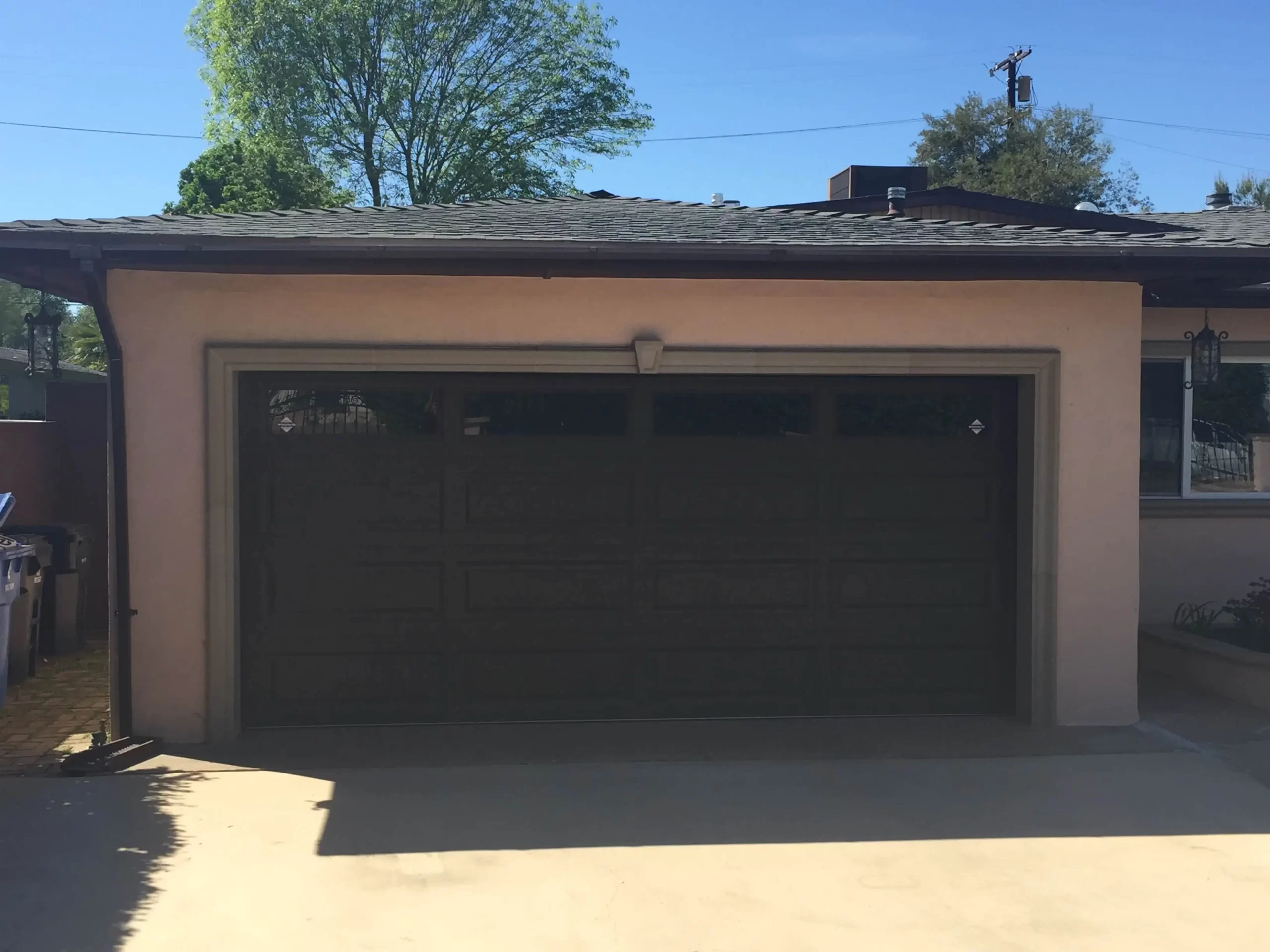Is your garage door opener acting up by not closing the door all the way? You’re not alone – there can be several reasons why an opener may stop short of closing fully. Before calling the contractor, let’s go through some quick checks you can do to diagnose common issues. With a little troubleshooting, you might be able to resolve the problem and avoid an unnecessary service trip.
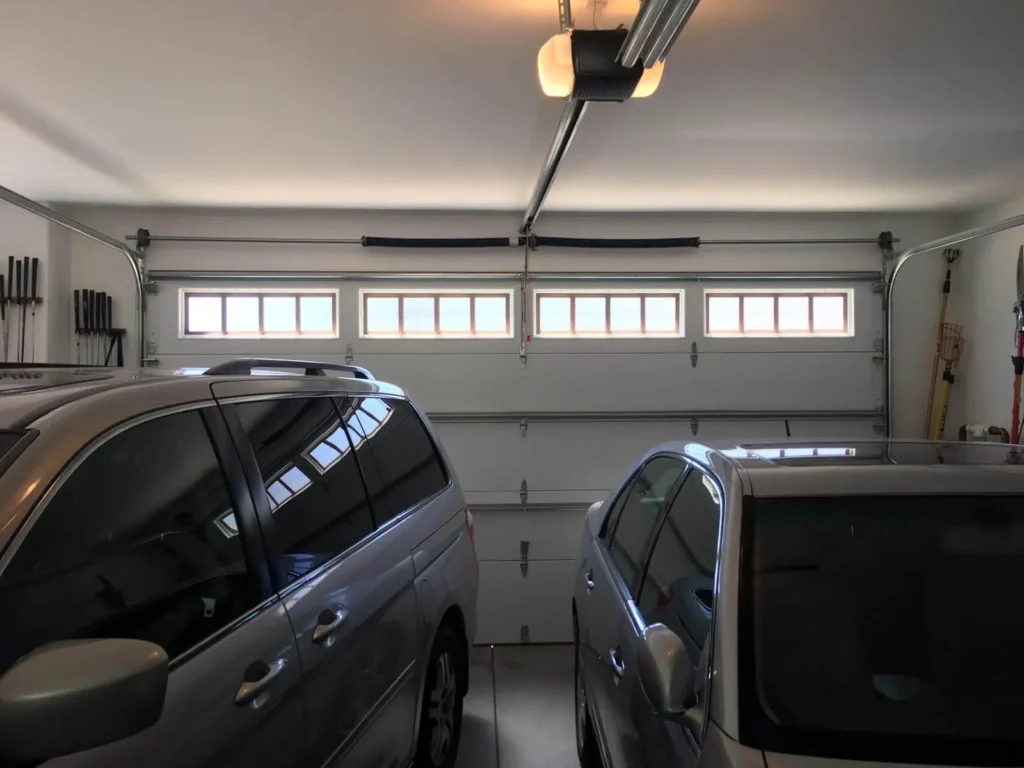
Content
Sensors Out of Alignment
First, check if the electric eye sensors installed along the garage door tracks are dirty or out of alignment. These safety beams need to line up precisely for the door to close all the way. Clean dirt and grime from the sensors using compressed air. Make sure they aren’t loosened from the bracket and still sit at the same height, facing each other directly. Realign or adjust as needed.
Outdated Safety Devices
Older openers rely on basic contact sensors or sensor pads installed at the bottom of the door. Over time, these type of safety devices can lose sensitivity. Outdated models may need upgrading to state-of-the-art photo eyes for optimal safety and performance.
Loose or Worn Parts
Worn gears, sprockets and pulleys over time can cause the chain, belt or screw drive to lose tension on the opener. Check all moving parts for looseness, damage or undue play and tighten or replace as required. Corrosion build-up on these components from humidity could also affect operation. Cleaning or lubricating helps extend lifespan.
Low Power Supply
The power head on the opener controls the motor and needs voltage to function properly. Check if the power cord is still securely plugged in. Watch for tripped breakers or outlets as potential causes too. Test with a multi-meter to ensure adequate voltage is reaching the unit. Low voltage could make the motor cut off short of closing fully.
Weak Remote Signals
If the door closes partway with the wall console but not the remote, it’s likely the remote needs replacing or reprogramming. Weak remotes may not send a strong enough signal for the opener to recognize at a distance. Consider an upgrade to ensure trouble-free operation.
Outdated Opener Model
Some really old openers have simply reached the end of their lifespan over many years of use. Units 15+ years old may struggle more and more to complete cycles reliably. While repairable, an upgrade could provide better performance, features and safety. An inspection helps determine if replacing the whole opener makes most sense now.
Improper Hardware Adjustment
Check for loose or incorrectly installed hardware attaching the opener arm the door. The arm should pull straight up and down without binding. Adjust position if needed so the door hinges move without resistance at the ends. Lubricating hinges may also help smooth travel. Pay attention to the tightness of all nuts and bolts.
Out of Balance Door
If the door binds or feels uneven when opening/closing manually, it could be poorly balanced. An imbalance puts extra strain on the motor to complete the cycle. Contact Garage Door Opener Repair in Suffolk for a professional balancing to fix this. A small adjustment can save the opener continued aggravation.
Broken Door Components
Issues like worn rollers/tracks, damaged springs or cables in the garage door itself can prevent full travel too. Inspect door hardware for alignment and integrity. Minor fixes save bigger repairs down the road. But call specialists for safety concerns like broken springs before attempting repairs yourself.
Poor Maintenance
Over time, dirt, grease and grit build-up causes extra friction that belts and chains must overcome. Clean and re-lubricate all moving parts like rollers, bearings, hinges, tracks and joints regularly. This prevents premature wear that leads to sluggish or failed operation. Periodic tune-ups by experts like Garage Door Opener Repair in Suffolk catch small problems early.
Hopefully checking through this list helps troubleshoot why the opener isn’t closing fully. Let the experts assist further as required for assessing root causes like worn out parts needing replacement. Most issues are affordable fixes when caught promptly. But leaving problems unattended leads to expensive repairs or safety risks down the road. Staying proactive on maintenance prevents future frustrations too. With some TLC, your opener should have many more reliable years of use ahead!
How to Manually Disconnect the Opener for Easy Access:
If needed to work on the garage door itself, you’ll want the opener disconnected so it doesn’t operate accidentally. On the motor unit, look for a pull tab, cord or release lever sticking out near where the power cord enters. Give it a firm pull to disconnect the opener arm from engaging the door. Now the door can be safely opened and closed by hand without interference for inspection or adjustment.
Is a Full Opener Replacement in Your Future?
If diagnoses point to the unit being outdated, irreparably faulty or in poor overall condition, full replacement may become necessary. Consider a greener choice with smart features for peace of mind like battery backup power. New openers use ultra-safe sensors and connectivity for remote monitoring, over-the-air updates and compatibility with home automation systems. Compare models from a reputable company. Their know-how guides choosing and installing for optimal performance and warranty coverage too.
With some basic troubleshooting as outlined and the help of professionals, your garage door opener issues should be resolved quickly so it’s serving you smoothly for future winters, hauling projects and more to come. Don’t hesitate to contact the experienced technicians for any door or opener needs large or small.

My name is Author Name. I post about home improvement ideas and how to make your home look beautiful and liveable. I hope my posts will help you with your DIY projects!
